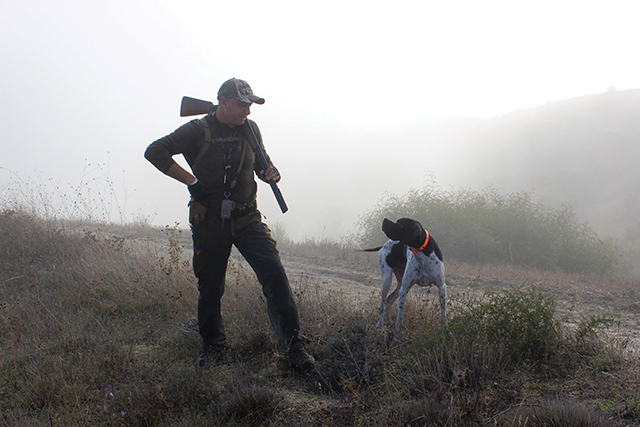
Bloodsports have remained a topic of debate in and out of government buildings, however, the movement to ban bloodsports is stuck at a standstill.
“Imagine if a gang of thugs set a pack of dogs on a terrified animal for a laugh. Now imagine they’re posh people on horseback.”
Ricky Gervais’ words seem to mirror the opinions of many members of the public today. The Irish Council Against Blood Sports has called for a nationwide ban on blood sports (defined simply as a sporting activity that involves bloodshed). Yet when the issue of hare coursing was raised in the Dáil in June 2016 a mere 20 voted in favour of the ban, out of the 164 TDs that voted. Maureen O’ Sullivan TD described a sport where the animals are “terrorised as they run frantically around a field. They are hit hard by the dogs and sent tumbling through the air. The hares run in circles and sometimes leap over the dogs to try and escape.” Ireland is now one of only three EU states where hare coursing is still legal.
It can often be easy to ridicule the mistakes of the past- bear baiting in the Shakespearian era or to sigh at the gruesome nature of bullfighting when it occurs in a country when it is not our own. Fox baiting was once a popular blood sport among aristocrats that simply involved throwing the small animal in the air and avoiding its bite as it fell to its fatal end. In the Victorian era people started to question the moral ethics of a sport that Oscar Wilde described as “the unspeakable in pursuit of the uneatable.”
Those who partake in organised hunts have highlighted a number of common misconceptions in relation to the sport. Andrea Cooper has participated since she was six years old and is now a member of the Carlow Farmer’s Hunt. Ms. Cooper doesn’t’ believe the sport is “as crude as people think.” She is more than aware of the opposition to the sport having had an extremely dangerous encounter with a passionate protester. “There are some people who are really against it but they also make it dangerous for us. I was on the way back from a hunt and I was on the road. This guy went past me really fast and he had his window down shouting some kind of abuse but he frightened the horse. It was really dangerous.”
In her fifteen years of participating in organised hunts, Cooper has only ever seen one fox caught. She explains that it is usually the sick or diseased foxes are caught, the skinny ones with visibly poor coats. The healthy foxes are renowned for usually outpacing the hounds and participants enjoy the adrenaline of catching a scent, the exercise outdoors and the comradery of the group as opposed to enjoying the actual feat of capturing a fox. She explains that organised hunts are “more humane than people think because you are killing the sick animals.”
Organised hunts take breeding numbers and conservation into consideration when planning their season. Ms. Cooper explains that there is often a public view of the people that participate in hunts which can often be far from the truth. “They are definitely animal people. You would be ashamed if your horse wasn’t turned out well.” Children are often brought to the hunts but invited to leave in the actual event of an animal being caught.
“Drag hunting” is seen as a now popular alternative to the traditional hunt. This involves the hounds chasing the scent of a fox on a course as opposed to an actual, real-life fox. It presents the same benefits one gets from the traditional blood sport, the exercise, the chase, the fresh air, the teamwork. It literally takes the bloody aspect out of the blood sport and may be an effective compromise for all involved in this debate.
Bovine tuberculosis has been a long-held fear in this country, a fear of cattle having to be euthanized, the fear of losing one’s livelihood. Badger culls are often made legal in parts of the UK where infected animals are found in an effort to eradicate the disease. Hunting enthusiasts argue that hunting is a good way of keeping feared diseases under control. Yet human intervention in such matters can often go horribly wrong. Rabbits were brought to Australia by a Victorian hunting enthusiast, but the species did not have a prey as it was not its indigenous area. This led to what was described as a plague of rabbits, stripping the country’s national habitat and endangering the native species that called it home. ‘Myxomatosis’ was introduced in an effort to stop the problem, a disease immediately identified by the swelling of the animal’s eyes and genitals and leads to a slow and painful death. When the disease reached the UK in 1953, it quickly killed 95 per cent of native rabbits, hitting Ireland the following year.
The debate on blood sports is by no means over, with passionate politicians on both sides of the fence, numerous petitions and public outcry over social media.
Róisín Cullen
Image credit: Mohammed Ouzzaoui



